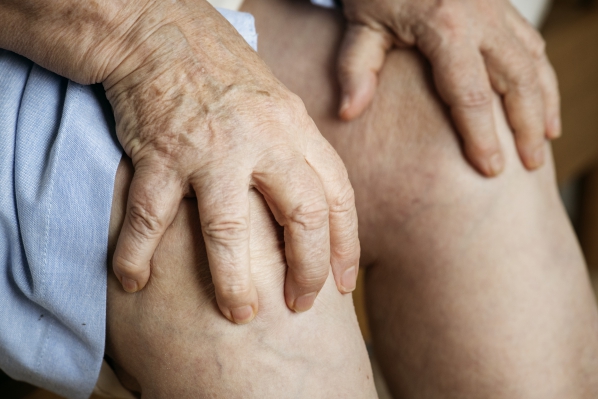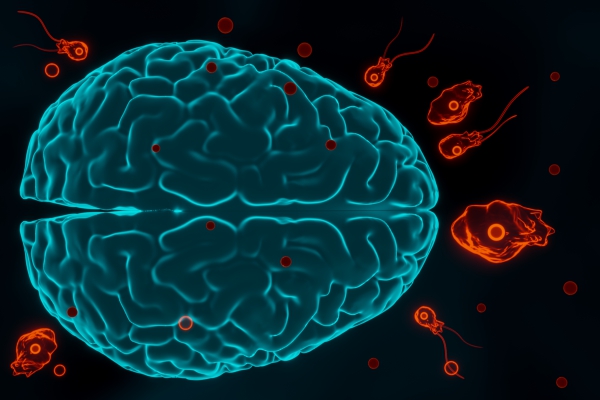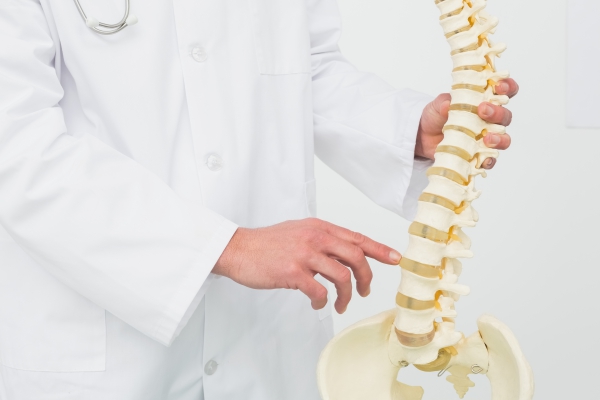What is gout?
Gout is a common disease that is characterized by sudden and severe attacks of pain in the affected joint. Other symptoms associated with gout are redness, swelling and tenderness over the joint. The most common joint affected is the one at the base of the big toe. Gout is a complex form of arthritis that arises due to the abnormal build-up of uric acid. The pain associated with it may even wake you up at night with the sensation that the joint is on fire.
In the United States alone, about 9.2 million citizens were affected by gout in the year of 2015-2016. Furthermore, attacks of gout occur more frequently in the spring and less often during the winter season. When symptoms of gout diminish, it is known as remission and when it comes back, it is known as a flare. The remission period can last for weeks, months or even years. Fortunately, several ways exist to manage the symptoms and prevent flares.
What causes gout?
Uric acid is a by-product created from the breakdown of purines which are usually found in alcoholic beverages, sardines, bacon and seafood among others. Uric acid is excreted into urine by the kidneys. Any reduction in the excretion or excessive production of uric acid will result in uric acid build-up. Consequently, the latter will form sharp, needle-like urate crystals in a joint or surrounding tissue causing the symptoms of gout.

What are the risk factors of gout?
High levels of uric acid in your body predisposes you to developing gout. The factors listed below elevate your body’s uric acid level:
- Medical conditions: high blood pressure and chronic conditions like metabolic syndrome, diabetes, kidney and heart diseases increase your risk of developing gout
- Obesity: your body produces more uric acid when you are obese and makes it more difficult for your kidney to eliminate it
- Diet: eating diets rich in seafood and meat increase your body’s uric acid level. Beer consumption also increases the risk of developing gout
- Medications: thiazide diuretics, aspirin and immunosuppressant drugs causes uric acid build-up
- Family history: if you have a sibling or parent who has gout, you are at increased risk of developing the disease
- Recent surgery or trauma
- Age and sex: gout are usually more common in men and occurs at the age of 30 to 50. However, after menopause women’s risk of developing gout approaches that of men.

What are the symptoms of gout?
There are certain people who have a high uric acid level in their blood but do not experience any symptom. This condition is known as asymptomatic gout.

Gout symptoms are usually sudden and often occurs at night. In addition, untreated gout can become chronic which may lead to the formation of a tophus. The latter is when uric acid builds up around your joint which looks swollen. If appropriate treatment is not initiated, your bone and cartilages will be damaged, leaving the joint permanently disfigured.
Symptoms of gout include:
- Severe joint pain: the most common joint affected by gout is usually the large joint of your big toe. However, it can occur in any joint such as your ankles, elbows, knees, wrists and fingers. Furthermore, the pain in the first 4 to 12 hours of the disease onset is very severe
- Persisting discomfort: some joint discomfort may persist for days to weeks even after the most severe pain has subsided
- Redness and inflammation: the affected joint is usually tender, warm, swollen and red
- Limited range of motion: as the disease progresses your joints will lose their ability to move as they once were before being affected by gout
Making a diagnosis
The diagnosis of gout can be made by taking a thorough history taking, physical examination, a blood test and the affected joint fluid microscopy.
During the history taking, your doctor will ask you questions about your symptoms, such as:
- Where is the pain?
- When does the pain starts?
- What kind of pain is it? Sharp/dull/burning?
- What is the frequency of the pain in your joint?
- Is there any redness or tenderness of the joint?
- How swollen is the joint?
- Is there any other associated symptoms?

During the physical examination, your doctor will look for signs of inflammation, the number of joints affected, tenderness, redness, swelling, warmth and the range of motion of the joint.
A blood test is usually done to measure the level of uric acid in your blood. In addition, a sample of the fluid inside the affected joint is taken to be examined under the microscope to know whether it contains uric acid crystals. Furthermore, an x-ray of the joint is taken to know if there is any bone damage.
Treatment of gout
Gout management usually involves medications. These medications can be used to treat acute attacks or prevent future flares. In addition, these medications can also diminish your risk of complications from gout, that is, the development of tophi.
Medications used to treat gout attacks
- Non-Steroidal Anti-Inflammatory Drugs (NSAIDs): these medications are mainly used to treat the inflammation and for pain control. They are associated with stomach pain, ulcers and bleeding. That is why it is recommended that proton pump inhibitors such as omeprazole has to be taken together with it. Examples of NSAIDs include ibuprofen, naproxen sodium, indomethacin and colecoxib.
- Colchicine: This drug effectively reduces gout pain. However, it has some side effects such as nausea, vomiting and diarrhoea.
- Corticosteroids: These drugs are used in people who cannot tolerate NSAIDs or colchicine. They are used for pain control and as an anti-inflammatory drug. It can be either taken orally as pills or injected directly into the affected joint. An example of corticosteroids is prednisolone and its side effects include increased blood sugar level, elevated blood pressure and mood changes.

Medications used to prevent gout attacks
To prevent the recurrence of gout attacks or complications, your doctor may recommend drugs that will lower you body’s level of uric acid. Furthermore, these drugs are particularly useful in people who already have complications, such as evidence of bone damage on x-ray, presence of tophi, chronic kidney disease or kidney stones. These drugs include:
- Uricosurics: These medications improves uric acid removal. They work by improving you kidney’s ability to excrete uric acid. Example are probenecid and lesinurad. Their side effects include rash, stomach pain and kidney stones.
- Xanthine oxidase inhibitors: These drugs work by limiting the production of uric acid by your body. Examples include allopurinol and febuxostat. The side effects of these drugs include rash, nausea and reduced liver function.

If you have been suffering from gout for a long period of time and your joint has been significantly damaged, there are some surgeries which can be performed:
- Joint replacement surgery
- Joint fusion surgery
- Joint removal surgery
Complications of gout
Gout can be associated with severe complications, such as:
- Kidney stones: people suffering from gout are at increased risk of developing kidney stones. These are urate crystals which collect in your urinary tract, causing an obstruction.
- Recurrent gout: Some people may never experience gout symptoms again. However, some people may experience it several times each year or after some years. If left untreated, the disease can cause destruction of your joint and bone.
- Advanced gout: Untreated gout results in the formation of tophi which is a deposit of urate crystals under the skin. It can develop in several areas including hands, feet, fingers and elbows. During gout attacks, these tophi are especially painful.
Prevention of gout
These dietary guidelines may protect you from future attacks, during symptom-free periods:
- Drink plenty of water
- Avoid alcohol consumption
- Maintain a healthy body weight
- Limit your consumption of poultry, fish and meat
- Get your protein from low-fat dairy products

Prognosis
Acute episodes of gout often cause incapacitation. However, following a proper treatment plan early carries an excellent prognosis, provided you adhere to it seriously. Untreated gout can lead to the formation of tophi which will cause severe destruction of your joint. That is why you should treat gout as early as possible to prevent the development of complications.

Source:
J. Alastair, I. and Simon, M., 2016. Davidson’s Essentials of Medicine. 2nd ed. London: ELSEVIER.
Parveen, K. and Michael, C., 2017. Kumar & Clarks Clinical Medicine. 9th ed. The Netherlands: ELSEVIER.
Rothschild, B., 2019. Gout and Pseudogout









